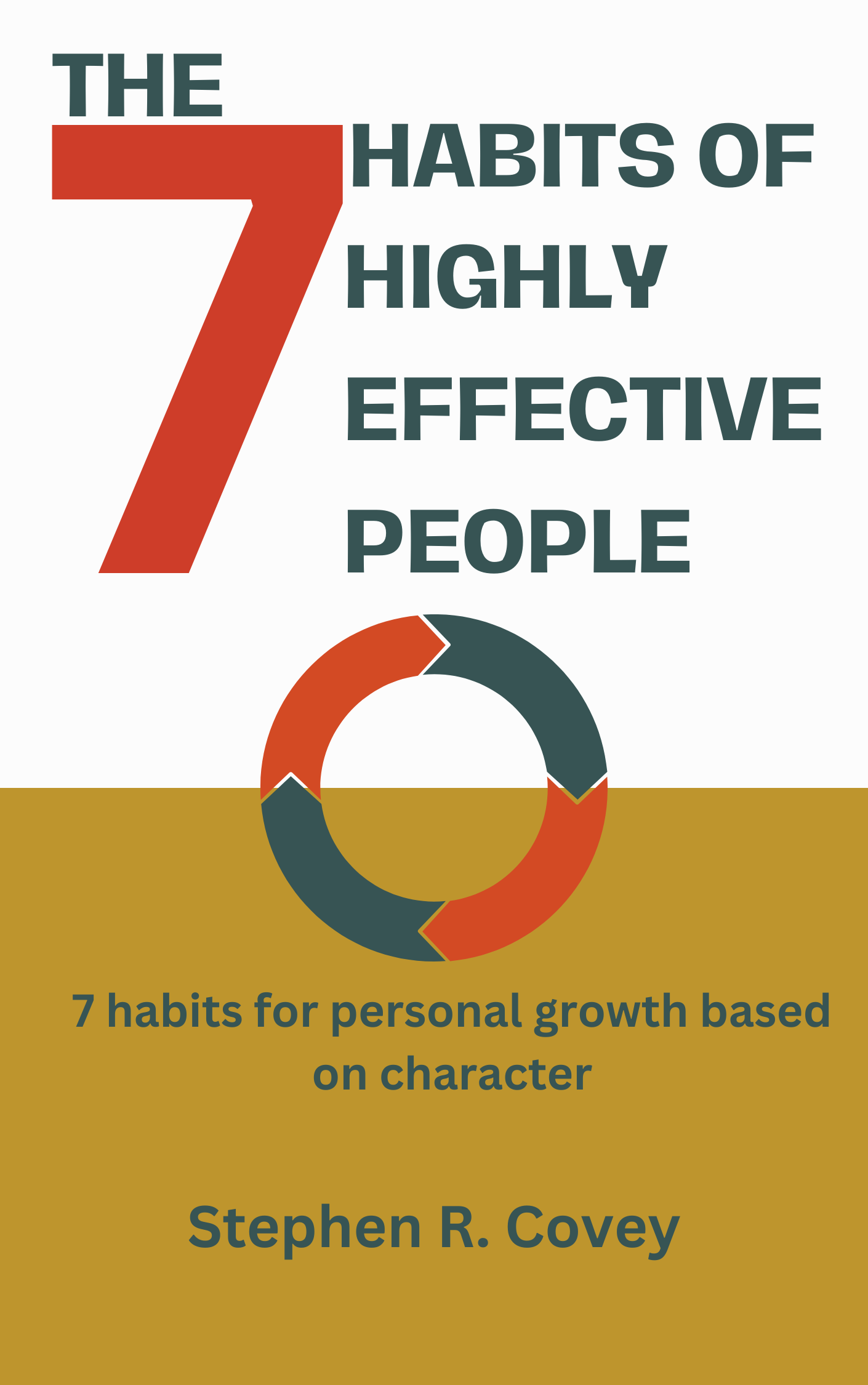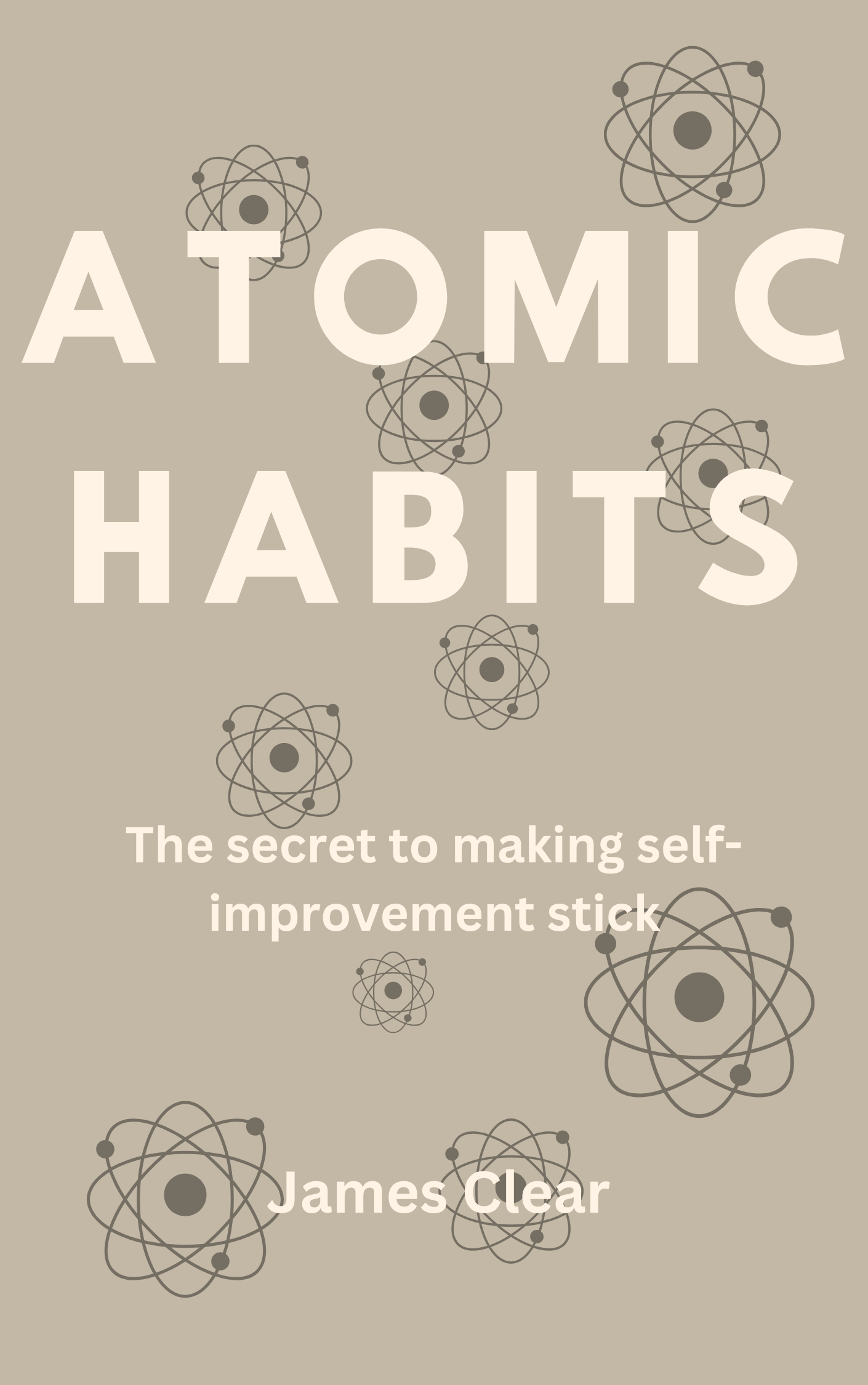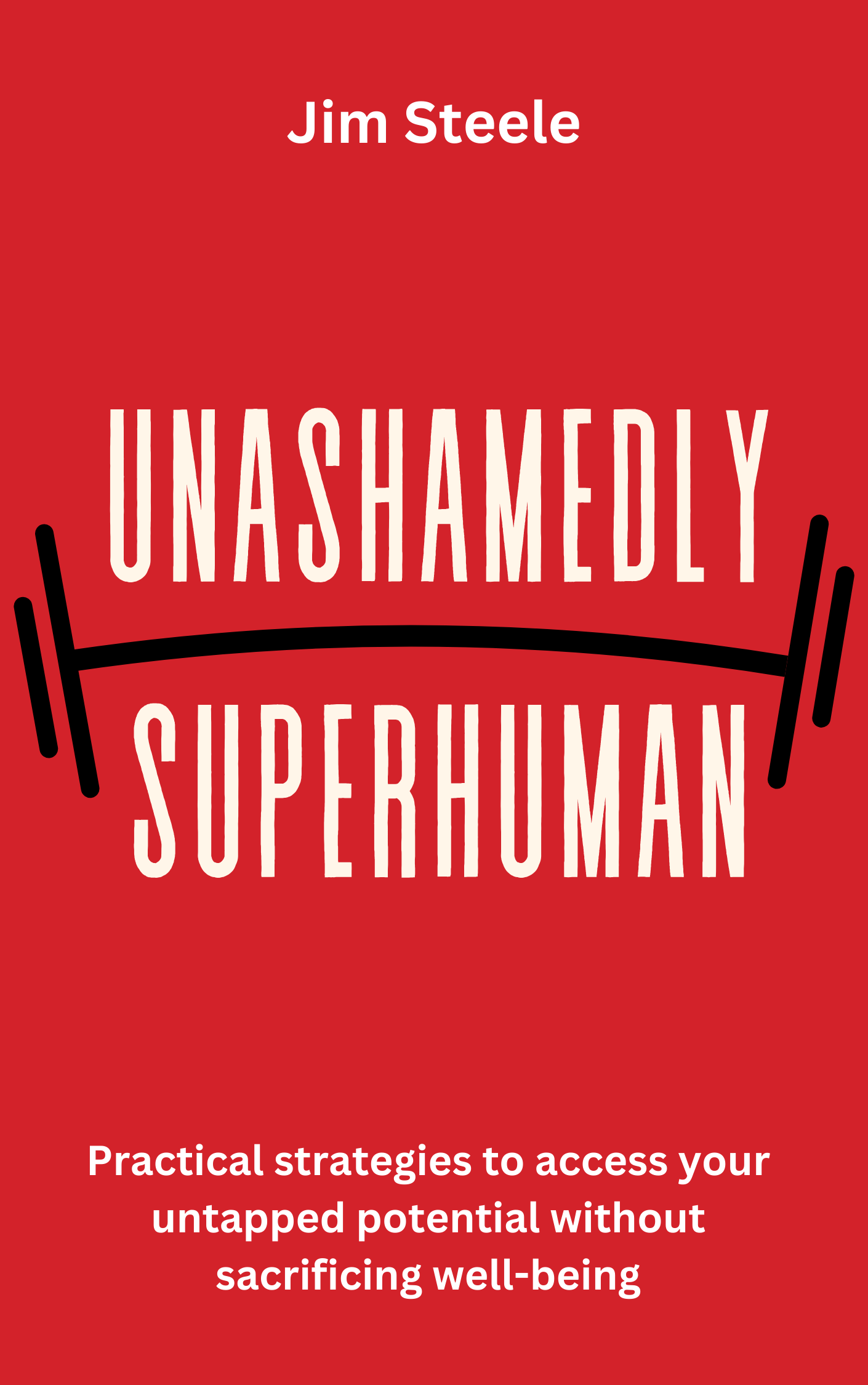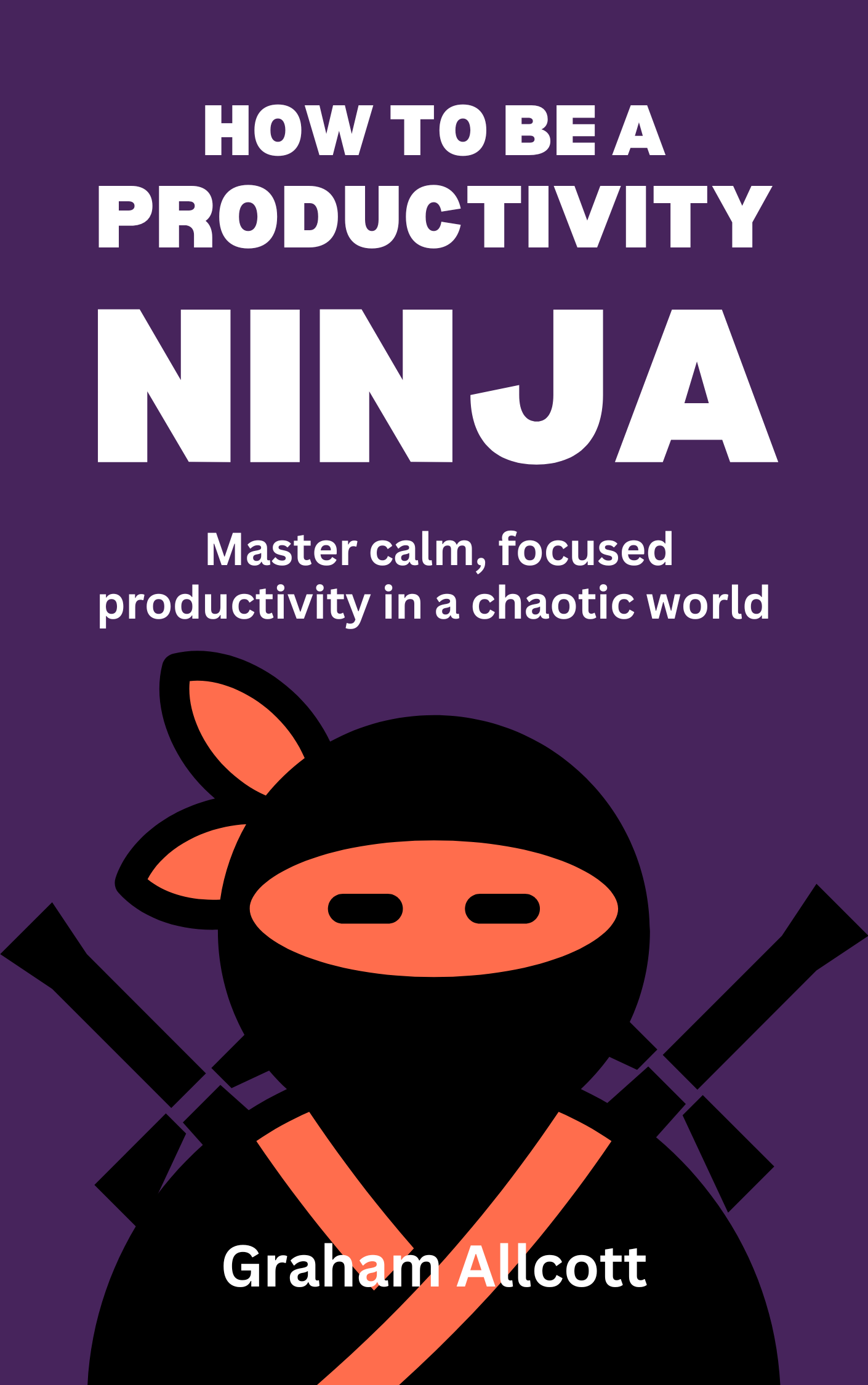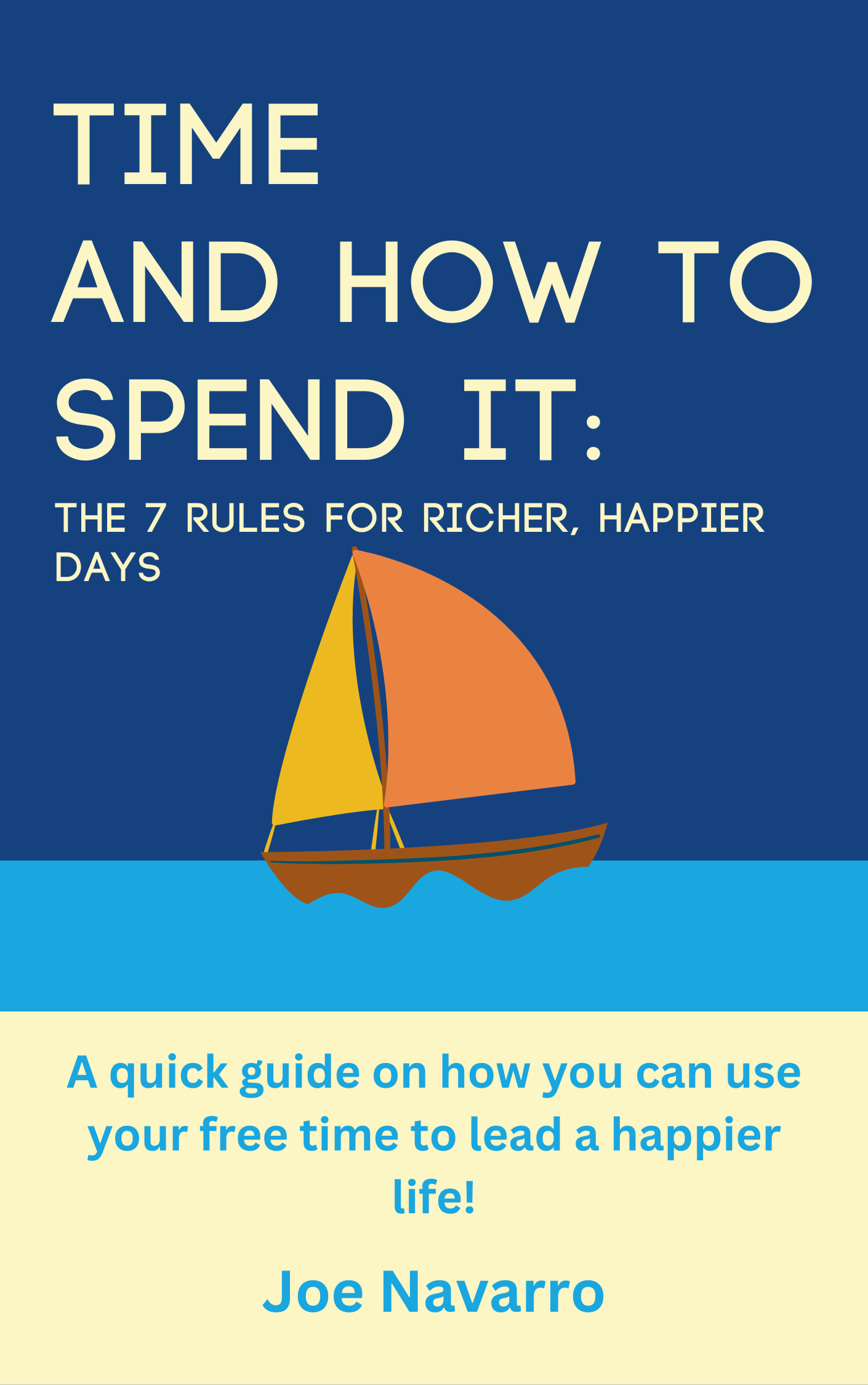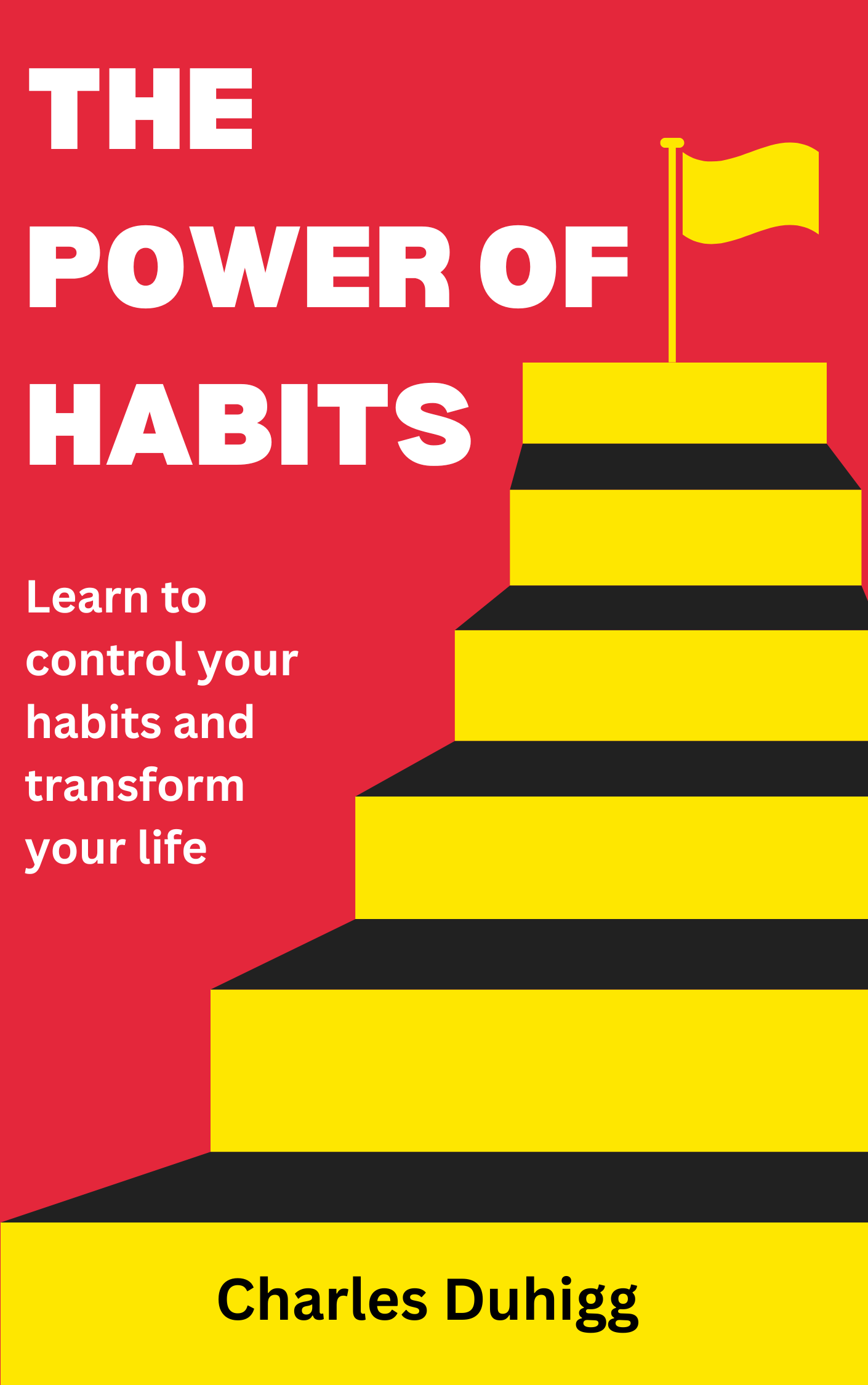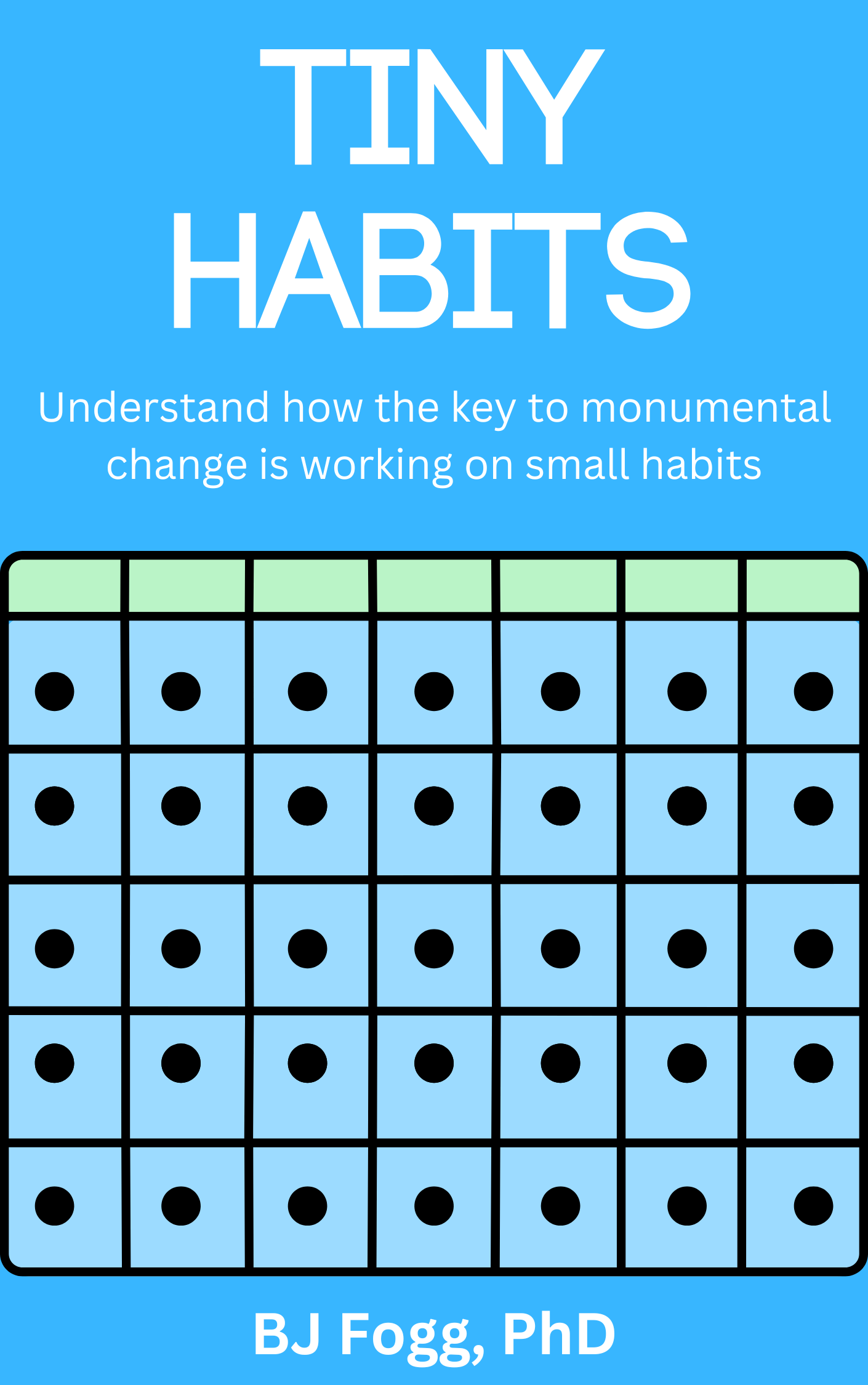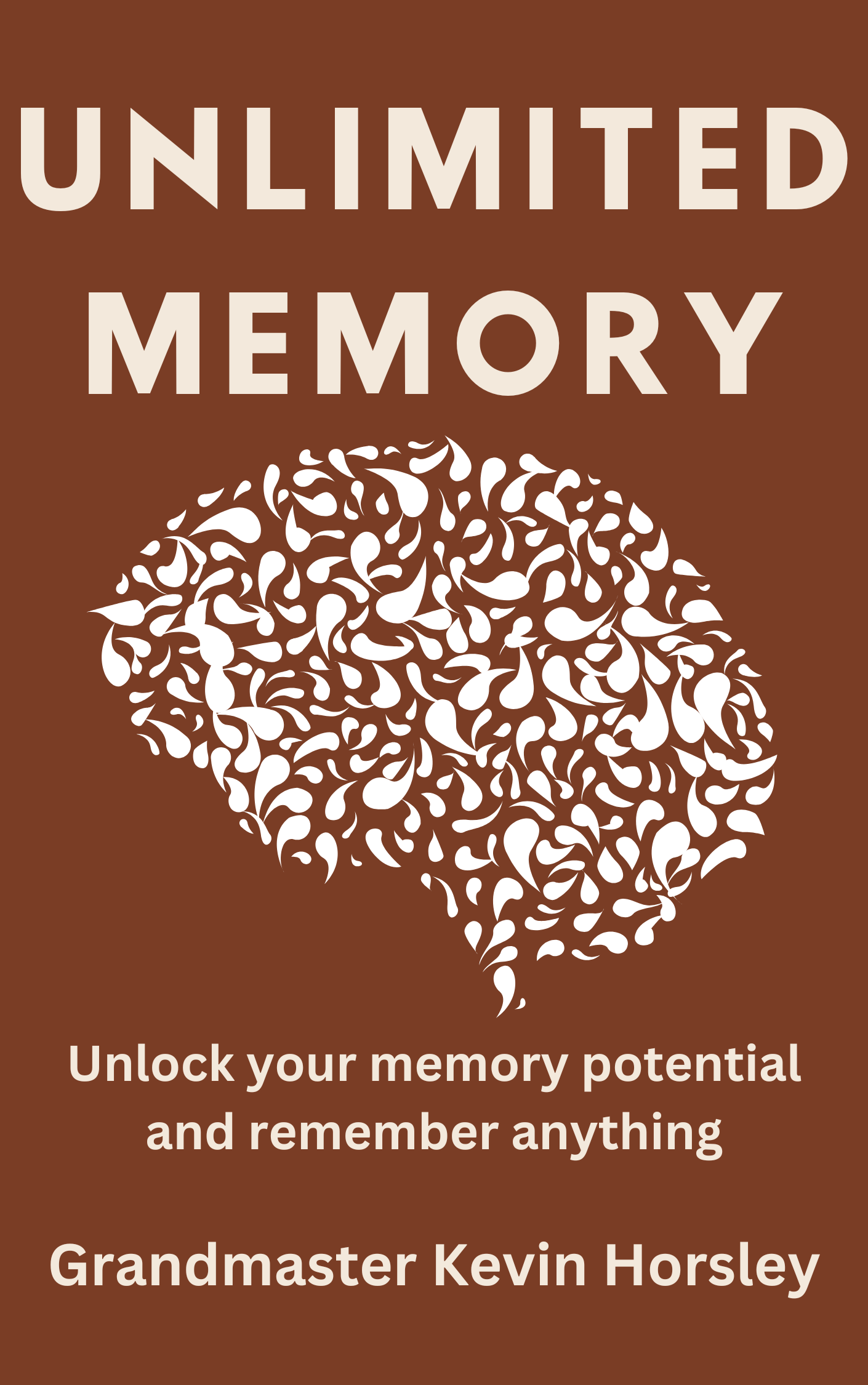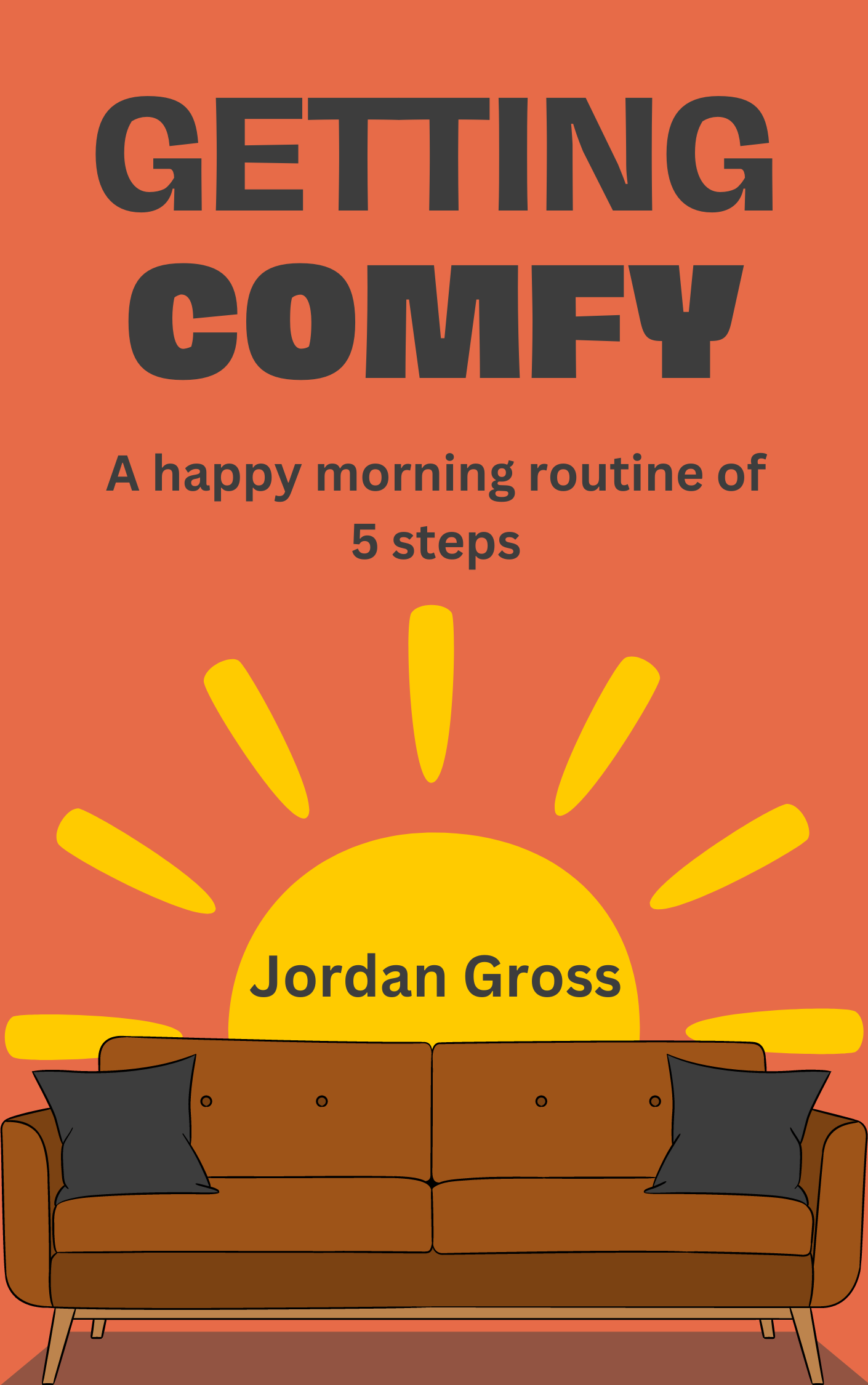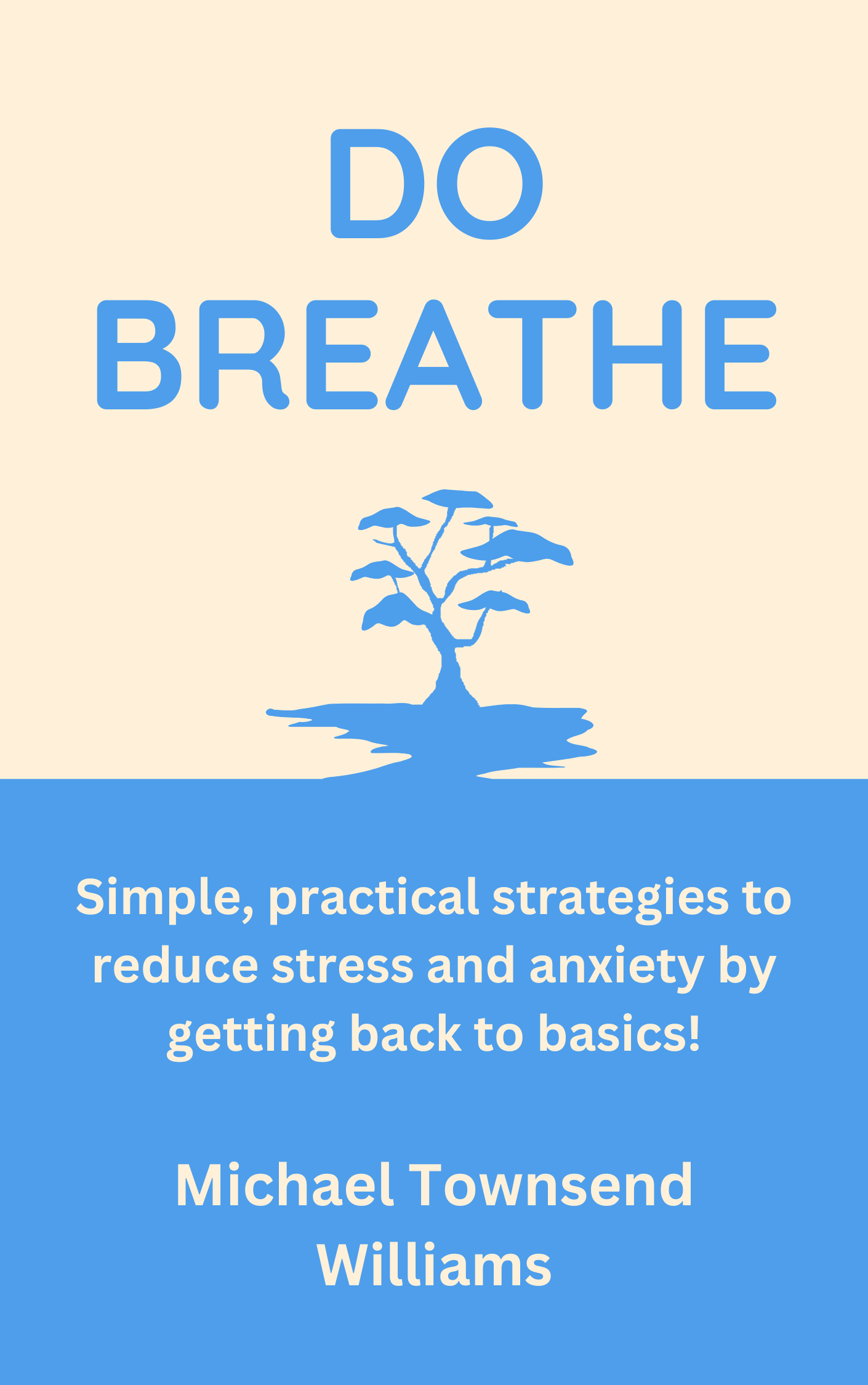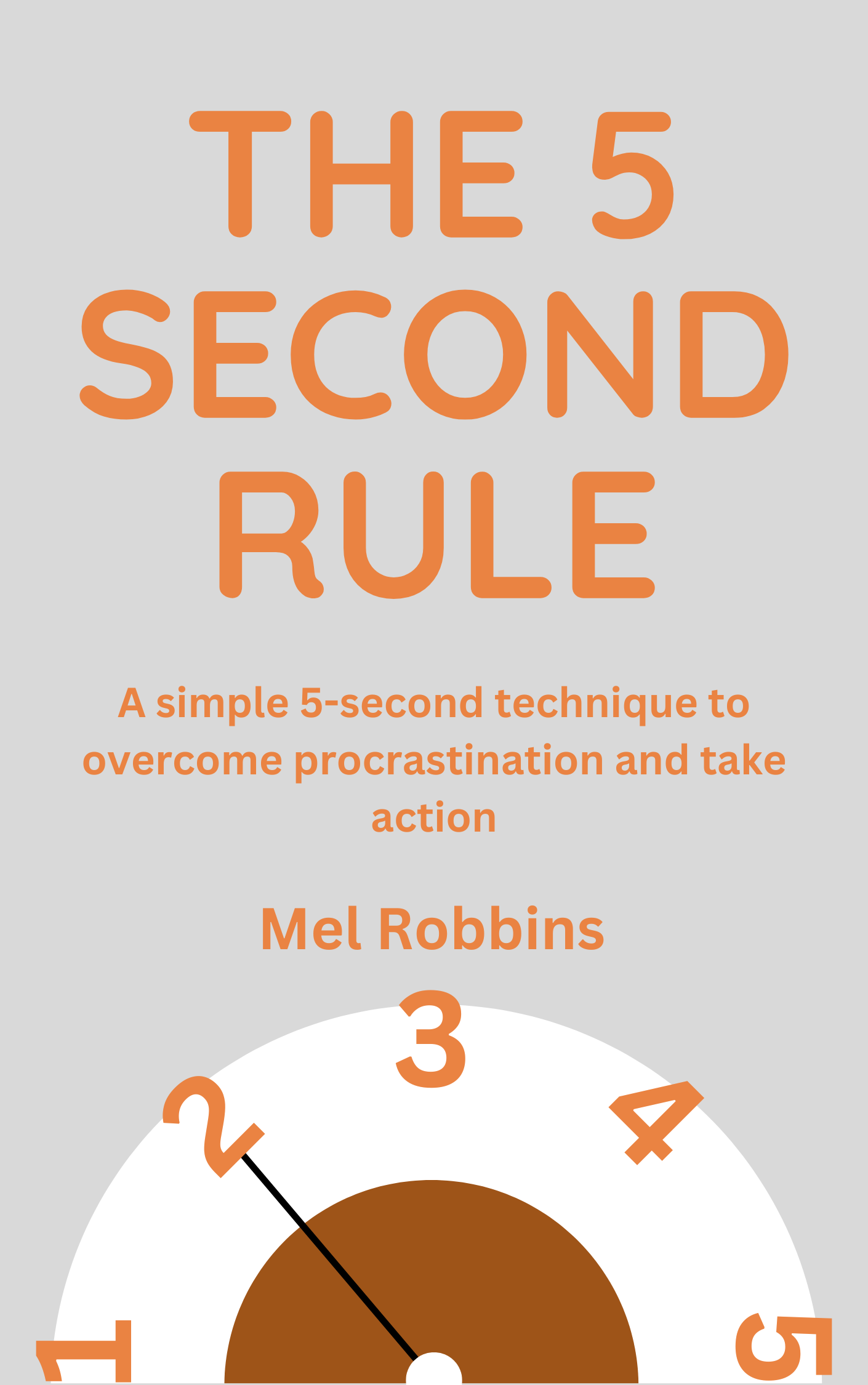Introduction
You're being tortured by the very devices meant to improve your life. Welcome to the curse of distraction, 21st-century edition.
In his 2019 book "Indistractable," Nir Eyal shares a brutally honest account of his own struggles with distraction. Eyal vividly recounts missing a precious interaction with his daughter because he couldn't resist the siren call of his smartphone. We've all lived some version of this, and this sets the stage for Eyal's practical, no-nonsense approach to conquering distraction.
Eyal doesn't simply preach the virtues of digital detoxes or old-school tools. Instead, he dives deep into the psychological factors that drive us to self-sabotage, and offers a four-part framework to become truly "indistractable." From managing internal triggers to planning your time with intention, Eyal's strategies are refreshingly straightforward, yet remarkably effective. For anyone seeking to reclaim their focus and find fulfillment in the modern world, this one's for you!
What is Becoming Indistractable?
In this fast-paced, tech-saturated world, it's easier than ever to get sidetracked. We're constantly bombarded by pings, dings, and rings - external triggers that pull us away from what we really want to accomplish. These external cues hijack our attention and derail us from our intended tasks. And even when there are no obvious distractions in our environment, our own internal cravings and impulses can lead us astray, like the rumble of our stomach urging us to take a snack break!
So what's the solution? According to author Nir Eyal, the key is to become "indistractable" - to stay true to your intentions and focus on the things that truly matter. It's not about eliminating distractions entirely (good luck with that!), but rather learning to be conscious of them. Eyal offers a practical framework for doing just that. But before we go there, have you heard of the term traction?
He uses a clever analogy to illustrate the difference between traction and distraction. Imagine a line that represents the value of your daily activities - actions on the right side are "traction," drawing you closer to your goals and aspirations, while those on the left are "distraction," pulling you away from what you really want to accomplish. The trick is to recognize the internal and external triggers that prompt these behaviors, and then make a deliberate choice about how to respond.
By becoming more self-aware and intentional about our actions, we can break free from the cycle of compulsive reaching and regain control of our attention. Instead of mindlessly reacting to every ding and buzz, we can pause, reflect, and choose how to direct our focus. It's a simple but powerful idea, and one that could have a profound impact on our lives. And that's what becoming indistractable is all about. Now, let's tackle our internal triggers, first.
Outsmart Your Inner Distractions
Becoming Indistractable Through Time-boxing
Consumed by endless distractions, you feel like your days are slipping away, right? You're not alone. It's just all too easy to neglect traction. But, thankfully, there's a solution to harnessing traction! A well-planned, timeboxed schedule.
Now, we know what you're thinking - a schedule sounds restrictive. But think of it this way: without a plan, it's impossible to tell the difference between traction and distraction. Your calendar becomes a blank canvas, ripe for anyone to come along and steal your time. So, you see, this isn't your average to-do list. This is a strategic framework that allows you to bring your values to life, day in and day out.
So how do you get started? Break down your life into three core domains: you, relationships, and work. By timeboxing your schedule across these areas, you can make sure you're consistently in traction.
Let's start with the "you" domain. This is where you invest in your own health, wellness, and personal growth - things like exercise, sleep, and learning. Apply time-blocking here: block off time for exercise, healthy meals, and activities that nurture your mind and spirit, such as reading, or pursuing a hobby. Treat this "you" time as sacrosanct, just as you would a critical work meeting.
Moving to relationships, schedule quality time with loved ones. Eyal talks about how he and his wife have a standing "date night" bi-weekly, and how he makes sure to carve out regular playtime with his daughter. These commitments aren't optional - they're ensuring your important relationships don't get pushed aside.
And in the realm of work, sync your schedule with your manager and colleagues. Eyal shares how one of his clients, April, was able to gain better control over her workday by timeboxing her tasks and sharing her schedule with her boss. This aligned their expectations and allowed April to focus on her top priorities without constant distractions.
More on work distractions, next!
Conquer Work Distractions and Regain Your Productivity
Getting constantly sidetracked at work is it's own hell. Emails eat up half your day, and there are countless other interruptions and distractions that have become the bane of our professional lives. So, how do you reclaim your focus?
First, this eye-opening statistic: Did you know that medication errors in hospitals harm a staggering 400,000 Americans every year? That's a troubling reality, but it highlights just how devastating the consequences of distractions can be, especially in high-stakes environments. Thankfully, one nurse, Becky Richards, came up with a simple yet ingenious solution - having nurses wear bright vests to signal that they shouldn't be interrupted while dispensing medication. The results were remarkable, with a 47% reduction in errors.
But even if you don't work in a hospital, interruptions can wreak havoc on productivity in any workplace. Open office layouts, constant email notifications, and chatty coworkers can all conspire to derail your focus. But just like Becky's vest idea, there are ways to fight back. For starters, try placing a discreet sign on your computer that lets people know you're in the zone and shouldn't be disturbed. Or, if you really want to make a statement, take a page out of Becky's playbook and get yourself a "concentration crown" - a headpiece with built-in lights that sends a clear message: "Do not interrupt!"
Now, about those emails! Did you know the average office worker receives 100 messages per day? That's a lot of potential time-sucks. See, email taps into our brain's craving for variable rewards. We keep checking our inboxes in the hopes of finding something exciting or important, even if most of the time it's just junk. So, try scheduling "office hours" to limit when people can reach you, and labeling each email based on when it needs a response.
These were just a few external distractions. We have more to control!
Tame Your Tech At Work
Let's start with group chat. While tools like Slack can be useful, they have a nasty habit of turning your workday into an endless, soul-crushing meeting. Imagine strolling into the office, only to be greeted by a nonstop barrage of one-line quips and emojis. Yikes! The solution? Treat group chat like a sauna - linger for a bit, then get out before you start to resemble a shriveled raisin. Also, schedule specific times to catch up on those messages.
Next up, meetings! Wouldn't it be great if the meeting organizer had to do some actual work before rounding up the troops? And that is the perfect solution - require them to provide an agenda and a proposed solution beforehand. That way, you can skip the endless debate and get straight to the good stuff.
Now, let's talk about your gadgets. Gadgets can turn the most focused person into a mindless scrolling zombie. To cut out the trigger, ditch the apps that don't "spark joy" and rearrange cleanly the ones that remain. Also, take control of the notifications. Do you really need to know every time your cousin posts a new cat video? Yeah, thought so! And while you're at it, sort your desktop, please! Treat your computer screen like a fresh canvas, with only the essentials in sight. Simple, and effective!
Next, online articles and news feeds. Instead of trying to keep up with the latest headlines during your workday, use an app like Pocket to save interesting content. Then, listen to those articles during your commute or while exercising - a win-win for productivity and self-care. Finally, let's tackle social media feeds. For this, you can use browser extensions to banish those distracting thumbnails and trending topics. Or try the "temptation bundling" technique - reward yourself with social media time after you've completed a productive task, like exercising or reading.
So far, we’ve controlled internal distractions, tried time-boxing for traction, and worked on external triggers. Now, the next part of becoming indistractible is preventing distraction with pacts.
Powerful Pacts to Stay on Track
Fix Your Workplace Culture
Think your constant email checking is the only problem? Think again. Research shows that workplace distraction runs far deeper than our love affair with technology. When employees at Boston Consulting Group (BCG) were staying glued to their phones at 11 PM, it wasn't because they were addicted to their screens - it was because two partners with clashing work styles were unknowingly creating chaos. One sent midnight emails, the other fired off demands at dawn, and their team was caught in the crossfire.
This kind of workplace dysfunction is more serious than just missed deadlines and interrupted focus. Studies from University College London reveal that jobs combining sky-high expectations with rock-bottom control can actually trigger clinical depression. When workers feel powerless over their own success while facing mounting demands, they often turn to distracting behaviors just to cope.
Thankfully, if companies tackle these issues head-on, remarkable transformations can happen. Take Slack - yes, the very company whose chat app is often blamed for workplace interruptions. Their offices practically empty out by 6:30 PM, and after-hours messages are considered downright rude. They've even built automatic "Do Not Disturb" features to protect employee downtime.
So, solving distraction requires fixing company culture, not just limiting screen time. For example, at BCG, a team started meeting regularly to figure out how to introduce a regular night off in their busy schedules. These conversations quickly grew - team members began openly discussing problems they'd never dared mention before. Instead of accepting "that's just how consulting works," they found creative solutions to long-standing issues. Junior consultants felt comfortable pointing out inefficient practices. Managers shared their broader strategy, helping teams work smarter rather than longer. And before they knew it, they were happier, and therefore less distracted and more productive! When you create a healthy culture, workers don't need distractions to escape workplace stress.
Moving on to relationships!





